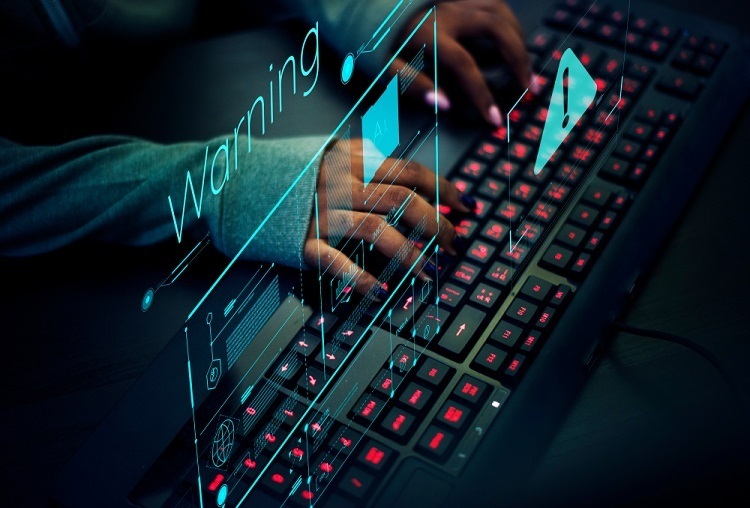Companies can use several different Malware detection techniques to protect their networks. Some of these methods include code reversal and monitoring data usage patterns for unusual activity. Others, such as artificial intelligence (AI), are becoming more effective at detecting malware. Here’s a look at a few of them.
Table of Contents
Code Reversal
Code reversal is an advanced malware detection technique that companies can use to find malicious software. The process involves debuggers, disassemblers, and compilers to decipher the malware’s code and deduce its capabilities. This process is difficult and time-consuming but can provide essential insights. By analyzing these strings, malware detection companies can discover whether the code has further harmed the system. By inspecting these strings, they can determine whether the malware has altered the system settings or registry. Often, strings are used to link a malicious program to a particular programmer. If these strings are known, the company can contact the author and ask them to remove the malware from the system.
Monitoring Data Usage Patterns for Unusual Activity
One of the most effective malware detection techniques a company can use is to monitor data usage patterns for unusual activity. Malicious actors are increasingly targeting companies and personal data online, and an intrusion detection system can help protect the network and on-premises devices from such attacks. Using malware detection software is complex but can be done quickly and easily. Malware detection software uses a set of techniques, including advanced anomaly detection. These techniques involve analyzing a large volume of data to identify suspicious patterns. The data is then used to detect malware threats.
Companies can use a malware scanner to identify potentially risky IP addresses and detect suspicious network behavior. This includes protocol violations, inexplicable changes in network performance, and unauthorized scanning. Most malware detection software threat intelligence engines can also identify suspicious file download activities. These suspicious activities may indicate a malware breach or stolen files.
Artificial Intelligence
AI is becoming increasingly effective at detecting malware, which can help businesses and consumers stay safe online. Researchers from reputable research entities noted that an average of 588 new malware threats were detected each minute. The increased complexity of the modern world, coupled with the increased volume of available data, has created a challenging environment for malware analysts. But AI can help by automatically identifying new malware based on its behavior and mutations. While AI malware is becoming more sophisticated and effective at detecting malware, it is not perfect. Cybercriminals can modify payloads and dirty samples to fool AI detection systems, which can lead to false positives. Bad actors can also exploit AI without building it into the malware by solving CAPTCHAs, finding targets for spear phishing campaigns, and even creating convincing spam. Artificial intelligence is becoming more sophisticated at detecting malware and other threats. Its ability to collect and analyze vast amounts of data can help companies detect malicious actors and protect their networks. Its ability to learn from previous attacks can be used to create advanced malware analysis tools.


Comment here
You must be logged in to post a comment.